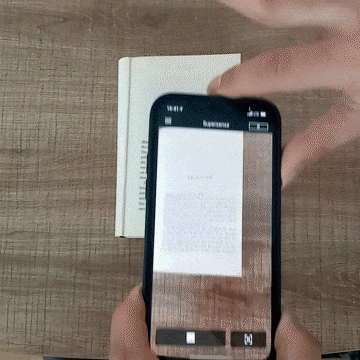All tagged Computer Vision
National Endowment for the Humanities Digital Humanities Advancement Grant. 2022
Previously, extracting information from moving images has been challenging and time consuming, requiring historians and film scholars to access footage by manually reviewing sequences over and over to parse the setting, the rituals, camera angle, narratives, and the material cultures involved. Now, developments in computer vision and spatial analysis technologies have opened up exciting possibilities for these scholarly processes, with direct implications for improved public access and future translational tools for disabled communities. The “latent archive” that has always been embedded in moving images can now be captured via machine-enabled analysis: locating the urban or architectural setting, producing 3D spatial reconstructions, and allowing fine-grained examination of point-of-view and shot sequence.
ACADIA Conference, 2022. Vanguard Paper Award Runner-Up
A key technological weakness of artificial intelligence (AI) is adversarial images, a constructed form of image-noise added to an image that can manipulate machine learning algorithms but is imperceptible to humans. Over the past years, we developed Adversarial Architecture: A scalable systems approach to design adversarial surfaces, for physical objects, to manipulate machine learning algorithms.
Supersense is a mobile assistive technology application for visually impaired people & blind (VI&B) Mobile artificial intelligence systems present a significant opportunity for improving the lives of more than 300 million VI&B by reducing the challenges in their everyday life such as navigation, orientation and mobility (O&M), reading, and more. Accessibility-enabled applications often yield poor and overwhelming experiences for VI&B who has different needs and drastically different ways of interacting with mobile technology. In making Supersense, we adopted a user-centered design process and introduced several guidelines for designing accessibility-first applications. The projectis funded by the MIT DesignX program, the National Science Foundation, and the Veteran Affairs. It has reached more than one hundred thousand blind users globally.



